REVEALED: Look inside Sunderland's nuclear bunker underneath the Civic Centre
and live on Freeview channel 276
Not the cheeriest intro we’ve ever published, but it’s true – and the threat has never completely disappeared.
At its heart was the Cold War. Historians disagree on its length; what with it not being a “proper” war. But it more-or-less began with the USA’s increasing and occasionally irrationally anti-communist stance; and more-or-less ended with the fall of the Berlin Wall.
Advertisement
Hide AdAdvertisement
Hide AdMainly, but not entirely, only nice conventional weapons have been used to butcher fellow human beings since 1945. However, the nuclear conflict, or at least the fear of it, was gradually cranked up as the decades passed.
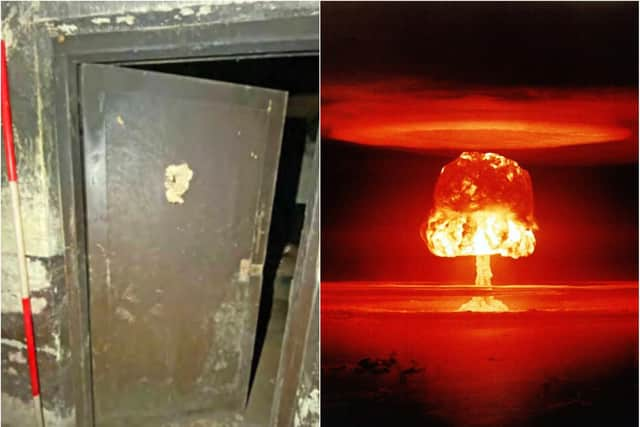

“The bomb”: Sunderland gets a nuclear bunker
Practical steps were taken (although nothing so obvious as decommissioning bombs) to combat the catastrophic potential. This included Sunderland, where nuclear bunker was built beneath the Civic Centre.
Sunderland Civic Centre was officially opened by Princess Margaret in 1970. It’s brutalist design came courtesy of architect Basil Spence, who was also to blame for Coventry Cathedral.
Its imminent demolition hasn’t exactly been met with outraged despair. But its otherwise welcome demise is coupled with that of the bunker and an interesting piece of social history.
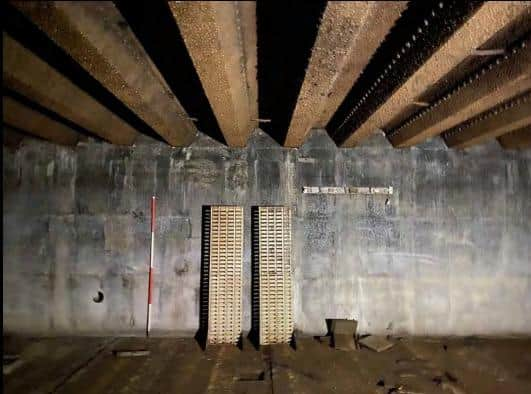

Advertisement
Hide AdAdvertisement
Hide AdThere was a morbid yet understandable preoccupation with “the bomb” in the 1980s; paranoia fuelled by the news, television dramas like Threads and songs in the charts like Two Tribes and 99 Red Balloons.
In the 1980s there was uncertainty in some quarters over the mere existence of the bunker. Even in the days before the internet there were plenty of what were known as urban myths, or outright lies as they were also known, so scepticism was reasonable.
I was at school back then and by the time I left it I was no more certain that there was a bunker. I should have read more.
The fact that there definitely was (the Echo ran a number of stories on it and it had many visitors) was more than offset by drivel about “other” nuclear bunkers below Crowtree Leisure Centre, Roker Park, the Galleries, Maws Pies… It wasn’t always easy to know the truth.
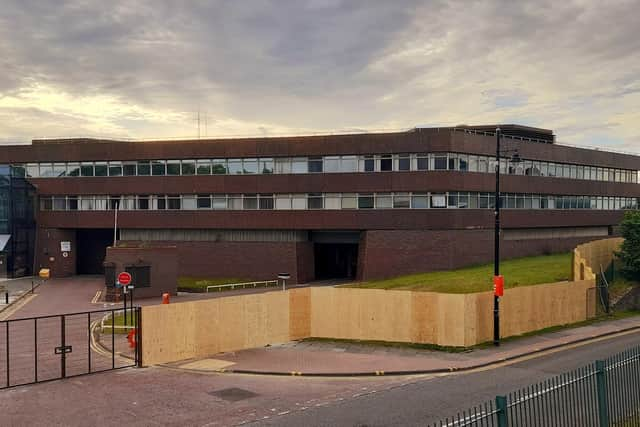

Who was it for?
Advertisement
Hide AdAdvertisement
Hide AdGood question. Something never clarified was just who would be admitted to the bunker once the infamous four-minute warning had sounded. It was widely presumed that medical professionals and scientists would fill it, which sounds reasonable, but may have been untrue.
A chemistry teacher at my school, Tom Mead, was rumoured to be entitled to a place owing to his expertise. I don’t know if that was truly the case or another playground fallacy. As said above, there was no social media in those days, so we had to make up our own rubbish.
The fact that it was beneath the civic centre aroused some cynicism. This implied that civic leaders would be first in the queue.
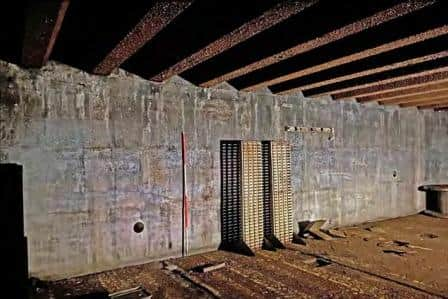

With all due respect to councillors of the time, the need for medical professionals and scientists was understood. The need for a post-apocalyptic meeting of the Committee for Pre-paid Envelopes was not.
Not quite the Ritz – and what it was actually used for
Advertisement
Hide AdAdvertisement
Hide AdWhoever was admitted wouldn’t have had much space, or fun. The bunker measured just 32 by seven metres, with two main rooms and access by a spiral stairwell. A railway tunnel was built next to it.
It wasn’t the Ritz, or even a Travelodge. It was concrete, window-less and its luxuries extended little past its two lavatories.
But exactly what purpose the bunker was supposed to serve, other than preserve some human life, remains unclear. A report requested by Sunderland City Council and published in January 2022 still doesn’t provide all the answers.
The report says: “Elaborate provision was made for ventilation and air filtration, and presumably also for communication, although none of the fittings survive in a state which merits preservation or, indeed, allows for the full explanation of its modus operandi.”
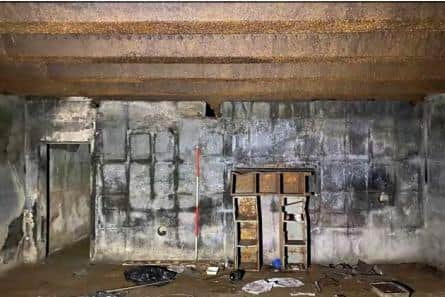

Which is report-speak for “we don’t know either”.
Advertisement
Hide AdAdvertisement
Hide AdThe report also says: “The origins of the Cold War Nuclear Bunker at Sunderland Civic Centre remain hazy, with any official contemporary documentation largely absent from the historical record.”
We can only speculate why this should be.
The Civil Defence Act was passed in 1948, the same year as the Berlin Airlift, when the West was really becoming twitchy about its former ally, the Soviet Union.
The act obliged local governments to provide something like the ARP (Air Raid Precautions) of World War Two.
Regional war rooms were another idea, but by 1970 when Sunderland Civic Centre opened, thinking had changed in line with a perceived increase in the nuclear threat.
1963 to 2022
Advertisement
Hide AdAdvertisement
Hide AdMinutes from a Civil Defence Committee meeting at Sunderland Town Hall in 1963 confirms, in very circuitous language (they liked to call a spade a manually operated horticultural implement), that a bunker would be as close as possible to the seat of local government.
The word “bunker” was never used. Presumably as they couldn’t tolerate such clarity, but that’s what they meant.
By 2022 the place was still in generally good repair, despite having been neglected for decades. According to the report, vandalism “has removed most of any fixtures and fittings which may have been present there until abandonment, which … appears to have been relatively soon after construction in the 1970s.”
So it seems Sunderland’s nuclear bunker, soon to be erased forever, was never even used for storage; something we can all be glad about.
Advertisement
Hide AdAdvertisement
Hide AdThe report concludes: “The recollections of former City Council employees may be of more interest in comprehending how the bunker was intended to be used, and in shedding light on the social and political context of the ‘Cold War’ times in which it was intended to be used.”
Those former employees are a dwindling band. It would be fascinating to hear their thoughts and recollections before it’s too late.